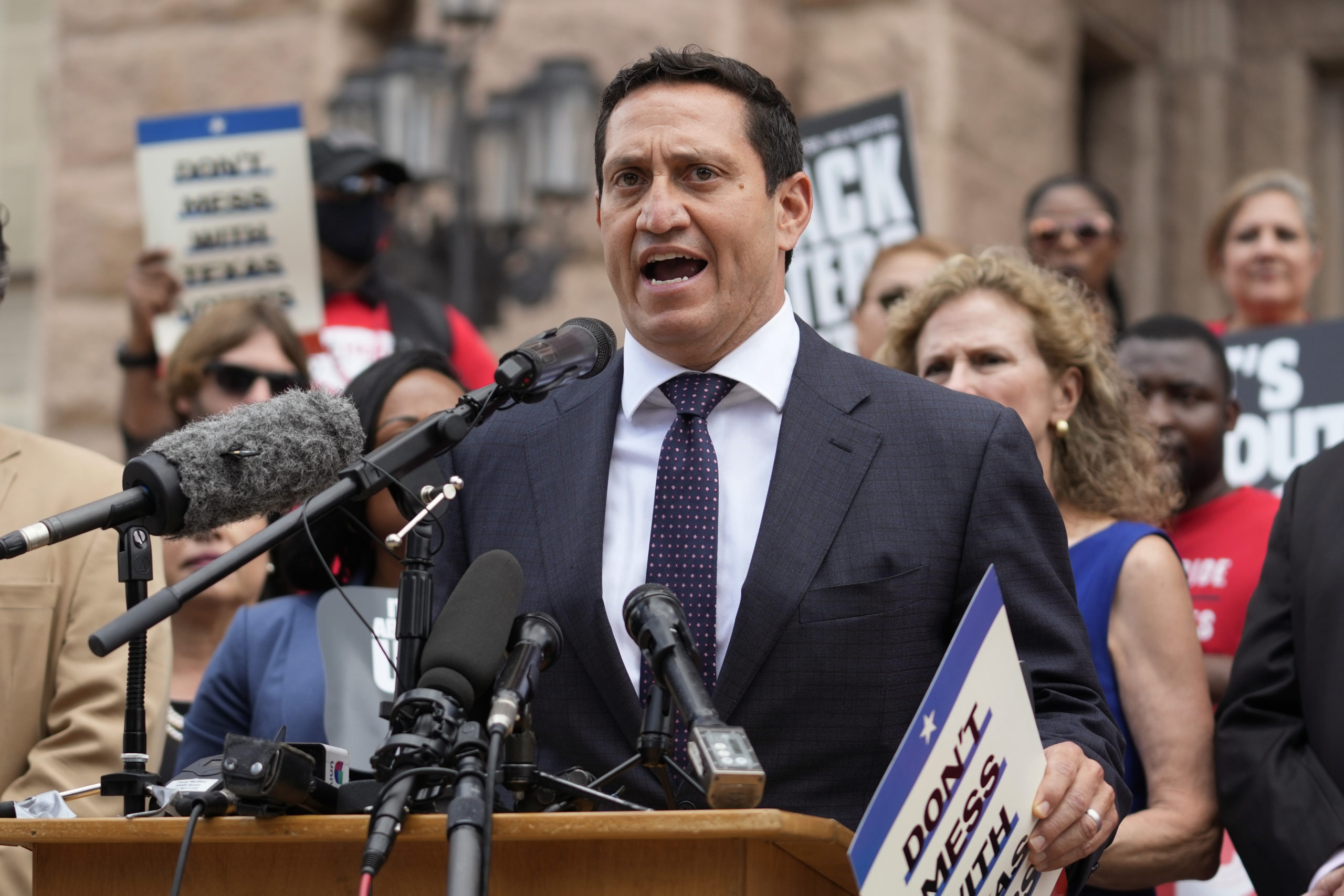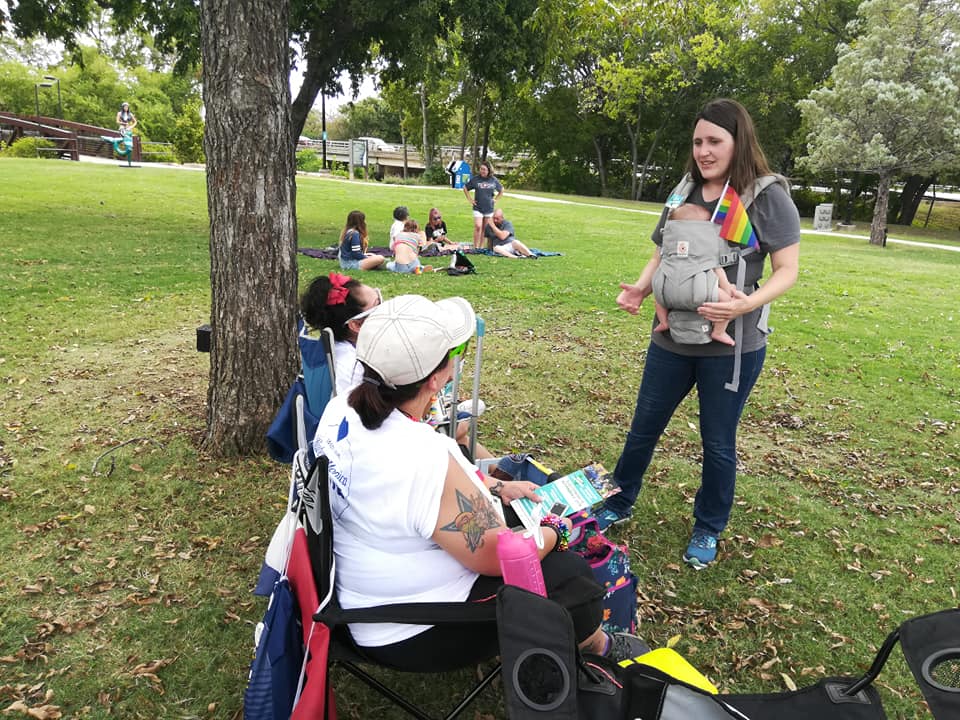
The Texas House’s Sexual Harassment Training Video is Short, Legalistic and Will Likely Be Ineffective
Research shows that in order to be effective, sexual harassment training must be longer than four hours and involve face-to-face interaction.

After reports surfaced in November that women have for years endured sexual harassment in the Texas Capitol, leaders in the House promised, among other actions, to provide sexual harassment training to legislators and their staff. We’ve got the training, and it’s a 40-minute video that seems unlikely to change the toxic atmosphere at the statehouse any time soon.
The training is a video of a PowerPoint presentation with a voiceover that also covers discrimination based on race, age, disability and genetics. Just 18 minutes of the video is dedicated to sexual harassment, including boilerplate examples of harassment, reasons to prevent it, laws against sexual harassment, the House’s policy and reporting mechanisms.
[txo_youtube_embed id=”7nsEI14q6VI” align=”center” caption =”Cut from the House Employment Discrimination, Sexual Harassment, and Workplace Violence Training video.”]
“The whole video has a feeling of, ‘Let’s quick minimize liability on every front, watch this video,’” said Joanna Grossman, a law professor at Southern Methodist University who researches sex discrimination and workplace equality.
Recent research shows that if training isn’t properly designed, it’s unlikely to lead to more reporting of harassment, much less reduce instances of inappropriate behavior. According to Eden King, a psychology professor at Rice University, there’s some evidence that training programs have better outcomes when they are longer than four hours, include face-to-face interaction, involve interactive learning, are conducted by outside experts and actively involve leaders in the workplace. The House video meets none of those criteria.
Instead of being paired with an interactive, in-person training as recommended by researchers, the video is available on the House’s internal server and is probably watched alone. Viewers are required to take a 10-question, multiple-choice test. To pass, you must answer at least seven questions correctly. If you fail, you can simply retake the test without having to watch the video a second time.
The video includes at least one perhaps tone-deaf attempt at humor: A clip from the hit NBC television show The Office in which Michael Scott, played by Steve Carell, hands a red rose to receptionist Pam Beesly, kisses her hand and tells her he loves her. He then does the same to every other woman in the office.

The clip is used as an example of what not to do in the workplace. The voiceover explains that while Scott’s behavior may be “relatively innocent and well-intended,” it could make coworkers “uncomfortable and repeated or more serious incidents of this kind could lead to a sexual harassment claim.”
The clip has since been edited out of the video. Steven Adrian, executive director of the House business office, said it caused some older computers to freeze when played. By then 150 people had already completed the training.
When institutions face allegations of sexual harassment, Grossman said, the instinct is often to establish programs that reduce legal liability. The law tends to reward somewhat “superficial or simplistic” measures, she said, such as merely implementing a policy or conducting training. A 2016 report from the Equal Employment Opportunity Commission found that most of the harassment training conducted in the last 30 years has failed to reduce harassment and has instead been used to meet legal requirements. “Ineffective training can be unhelpful or even counterproductive,” the report noted.
“The whole video has a feeling of, ‘Let’s quick minimize liability on every front, watch this video.’”
Research shows that to create an environment of equality, institutions must go beyond training. One crucial aspect is to ensure that victims feel they have a safe way to report complaints.
“If the video clearly explains the options [to report harassment], but you go to complain and you get the message that you’re causing trouble and you shouldn’t be, then the training will have had no benefit,” said Grossman.
The new House policy notes that beyond the options of reporting to the Texas Workforce Commission and the Equal Employment Opportunity Commission, complaints can also be submitted to a lawmaker’s personnel department or House Administration Committee chair Charles Geren. The Senate also held a hearing in December to discuss revising its own sexual harassment policy, but has not announced one so far. Leaders in both the House and Senate claim that they haven’t received any formal complaints of sexual harassment since 2011. Grossman said that victims may fear retaliation or that their complaints may not be taken seriously.
Strategies that work in other organizations might not be as effective at the pink dome. Lawmakers can’t be fired, and the power differential between staff and legislators, who have considerable political and financial clout, is greater than in many other workplaces. Grossman said that to truly address harassment, the Legislature should conduct a comprehensive audit and study its work environment. “They need to take their own temperature in a serious way,” she said.


